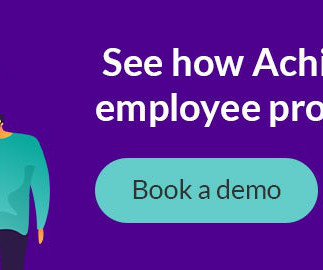Why Accountability is the Secret Ingredient in Employee Recognition Programs
Hppy
JULY 16, 2025
But here’s the challenge: Most recognition programs spotlight outcomes—not the behavior that makes those outcomes possible. When recognition focuses solely on performance metrics, it unintentionally sidelines employees who consistently demonstrate something more foundational: accountability.























































Let's personalize your content